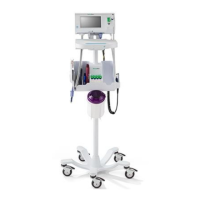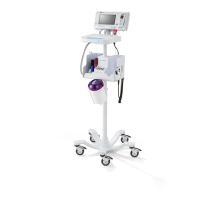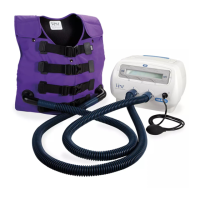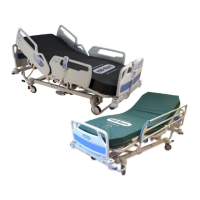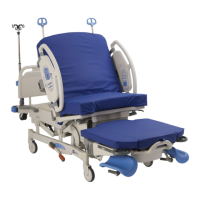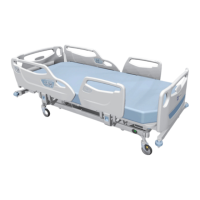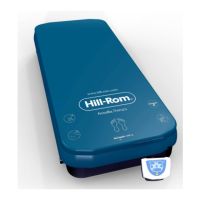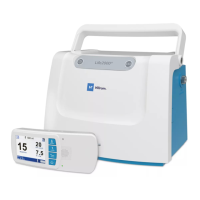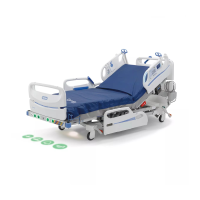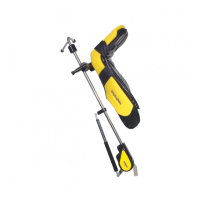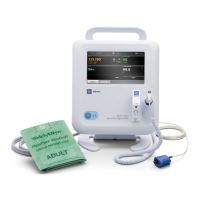The MetaNeb® System Instructions for Use (174432 REV 10) 5
Introduction
breathing. During normal inspiration the diaphragm contracts and is
displaced caudally. Concomitantly, the intercostal muscles contract to lift
the ribs. These actions together increase the anterior-posterior dimension
(volume) of the thoracic cavity which causes a decrease in alveolar
pressure as compared to atmospheric. This pressure gradient causes a
flow of gas into the lungs.
It is important to understand that as the pressure gradient rises, so do the
flow rate and the velocity. The highest flow rates can be expected to be in
the upper airways during inspiration because the gradient begins at the
mouth and ends at the alveoli. During exhalation the process is reversed
and the alveolar pressure is greater than atmospheric. The flow gradient is
now from the alveoli to the mouth, and therefore, the greatest flow rates
will be in the smaller airways. Since the normal I:E (inspiratory to
expiratory) ratio is 1:1.5 to 1:2, secretions from these airways are
transported to the larger airways by way of asymmetric periodic gas flow.
The MetaNeb® System and Bronchial Hygiene
The MetaNeb® System supplies aerosol, CHFO, and CPEP therapy modes.
CHFO is a pneumatic form of chest physiotherapy that uses a systematic
approach to enhance normal mucus clearance and resolve patchy
atelectasis. CHFO—
• Supplies aerosolized medication and humidification to relax
bronchial smooth muscle so that airway resistance is decreased, and
at the same time hydrates thickened retained secretions.
• Uses specifically calibrated frequency and I:E ratio to create a mean
airway pressure in order to maintain airway caliber, prevent
premature closure, and expand collapsed lung regions.
• Maintains continuous high frequency oscillation during both
inspiration and expiration to form a pressure gradient to the small
airways where secretions are trapped. This pressure gradient creates
an accelerated expiratory airflow that can be manipulated to help
move the secretions to the upper airways.
• Aids in the mobilization of retained secretions.
CPEP is a therapy which supplies a continuous, clinician-set airway
pressure above atmospheric by use of a venturi, a fixed orifice resistor, and
flow during both inspiration and expiration.
CPEP—
• Prevents or reverses atelectasis.
• Delivers hyperinflation therapy through positive expiratory pressure
that will help patients deeply breathe and cough.
• Reduces the incidence of air trapping.
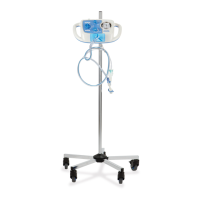
